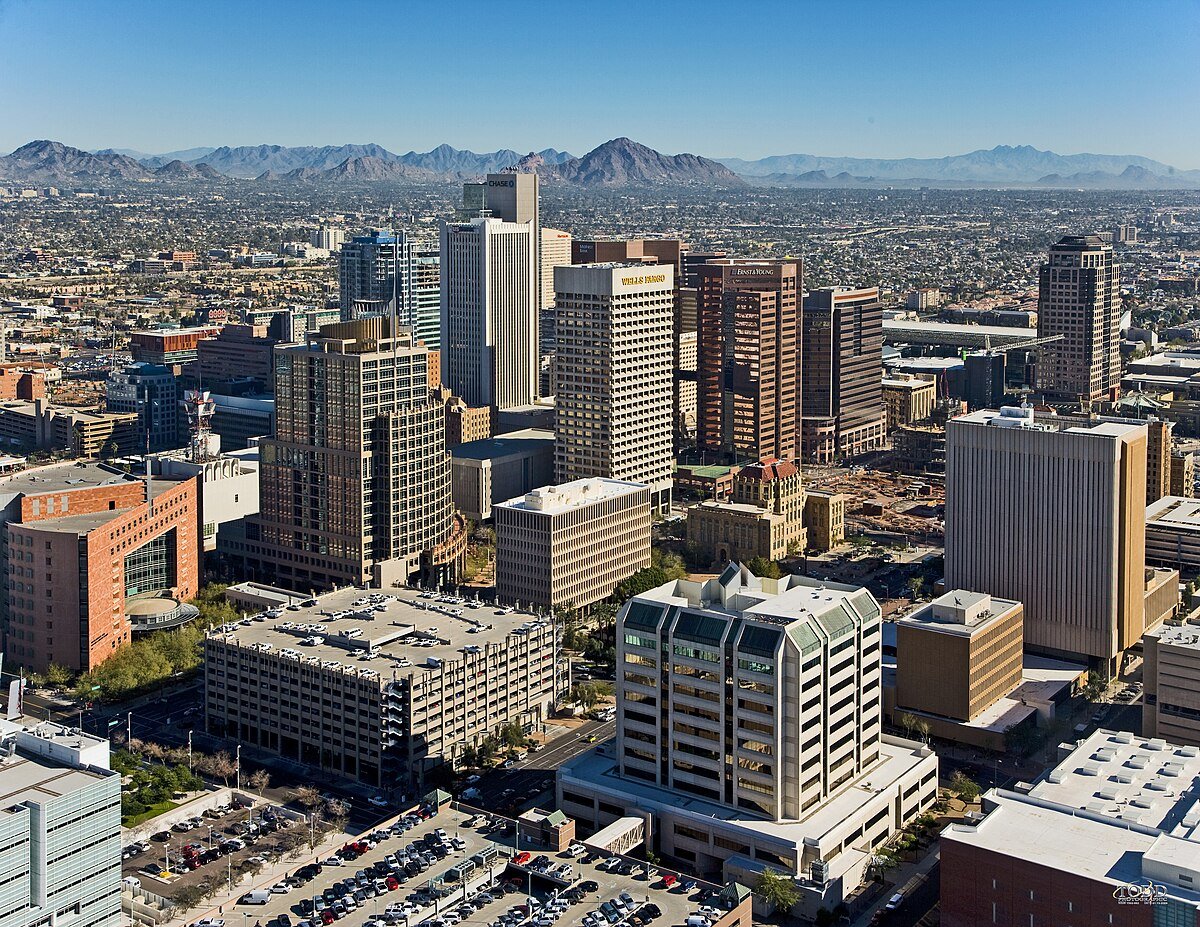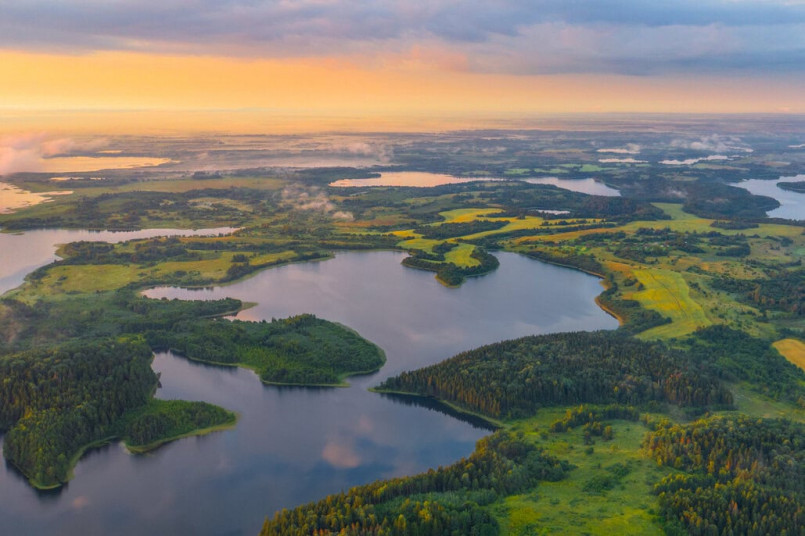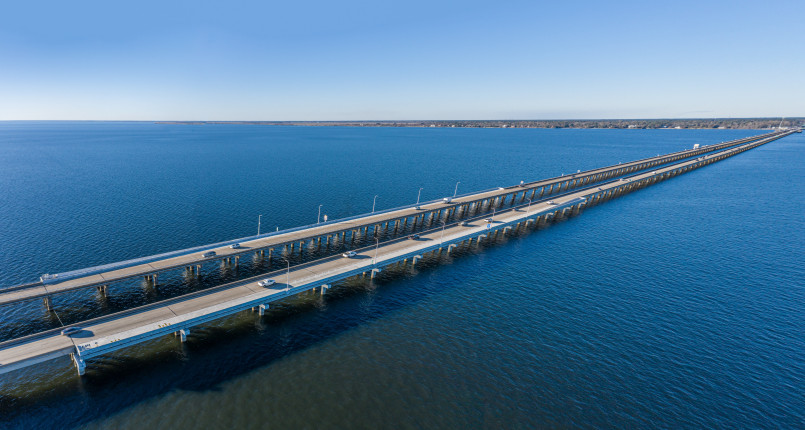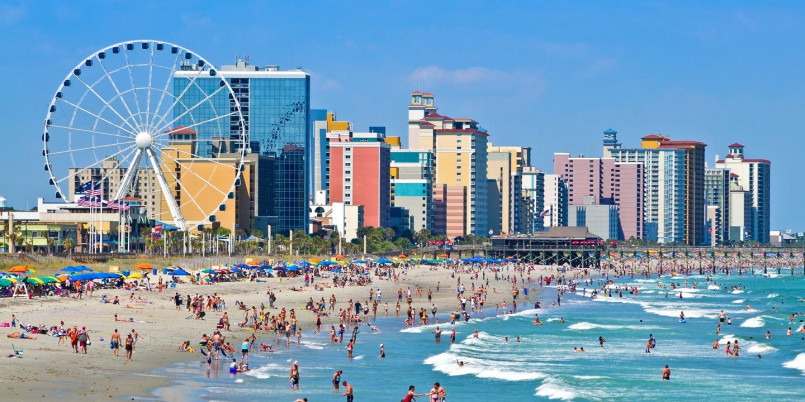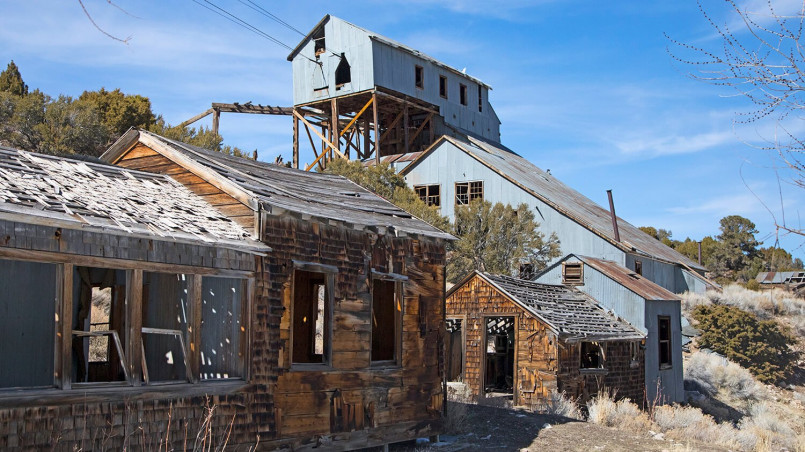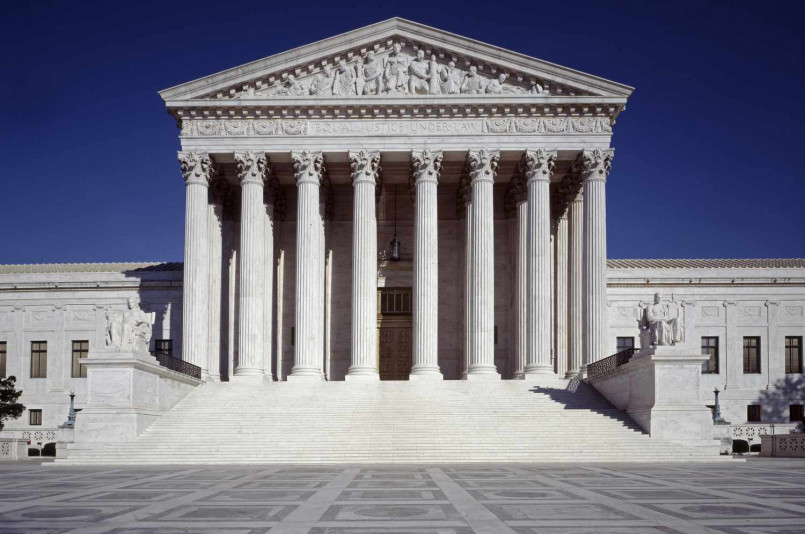While many assume New York or Los Angeles would be state capitals due to their size, America's actual state capitals vary dramatically in population. This ranking reveals the largest state capitals, with Phoenix and Austin topping the list, while highlighting how many capitals are actually small cities overshadowed by their states' metropolitan centers.
State capitals serve as the centers of government for each of America's 50 states, but contrary to what many people assume, they aren't necessarily the largest or most economically significant cities in their respective states. In fact, only 17 state capitals rank as the most populous city in their state. From booming metropolises like Phoenix to smaller historical cities like Montpelier, state capitals vary dramatically in size and character.
This comprehensive breakdown examines the largest state capitals by population, revealing which government seats have become major urban centers and which remain relatively small despite their political importance.
Top 15 Largest State Capitals
Based on the most recent census data and population estimates, these are America's largest state capitals by population:
- Phoenix, Arizona - 1,608,139
As both the capital and largest city in Arizona, Phoenix has experienced explosive growth, becoming the 5th largest city in the United States. The Valley of the Sun offers a desert climate, affordable living, and robust job market. - Austin, Texas - 964,177
Known for its thriving tech scene and cultural slogan "Keep Austin Weird," the Texas capital has become a major hub for innovation and music while maintaining its unique character. - Columbus, Ohio - 905,748
Often overlooked nationally, Columbus is both Ohio's capital and largest city, home to Ohio State University and a diverse economy. - Nashville, Tennessee - 689,447
The heart of country music, Nashville combines government functions with a booming entertainment industry and healthcare sector. - Denver, Colorado - 715,522
The Mile High City serves as both Colorado's capital and its commercial center, with stunning mountain views and a growing tech presence. - Boston, Massachusetts - 675,647
Rich in American history, Boston is both the capital and largest city in Massachusetts, known for education, healthcare, and finance. - Oklahoma City, Oklahoma - 681,054
Spanning over 620 square miles, OKC is one of the largest cities by land area and serves as Oklahoma's capital and most populous city. - Atlanta, Georgia - 498,715
While its city population ranks 8th among capitals, Atlanta's metropolitan area of over 6 million makes it a major regional hub. - Raleigh, North Carolina - 467,665
Part of the Research Triangle, Raleigh has experienced significant growth due to technology and education sectors. - Sacramento, California - 524,943
Despite being California's capital, Sacramento ranks as only the 6th largest city in the state, far behind Los Angeles and San Francisco. - Indianapolis, Indiana - 887,642
Both the capital and largest city in Indiana, Indianapolis is known for motorsports and a revitalized downtown. - Salem, Oregon - 175,535
While modest in size, Salem serves as Oregon's capital despite being much smaller than Portland. - Baton Rouge, Louisiana - 227,470
Louisiana's capital is the second-largest city in the state behind New Orleans. - Salt Lake City, Utah - 199,723
Despite its modest population, Salt Lake City anchors a much larger metropolitan area and serves as Utah's capital. - Little Rock, Arkansas - 202,591
As Arkansas' capital and largest city, Little Rock serves as the state's economic and cultural center.
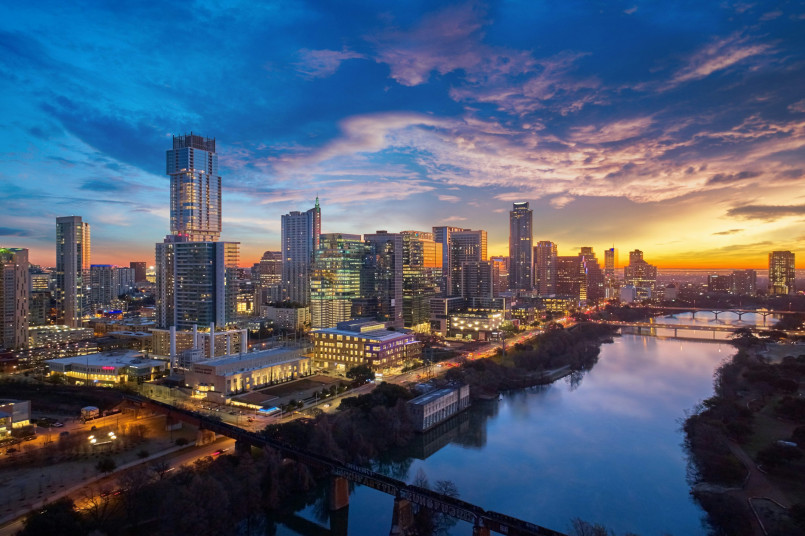
Why Capitals Aren't Always the Largest Cities
Many state capitals were chosen long before their states' current population centers developed. Several factors influenced capital selection:
- Geographic centrality - Many capitals were placed near the geographic center of the state to ensure government accessibility in pre-automobile eras
- Political compromise - Some capital locations resulted from negotiations between competing regions
- Historical significance - Early settlements often became capitals due to their established infrastructure
- Intentional separation - Some states deliberately placed capitals away from commercial centers to reduce corruption and business influence on government
For example, New York's capital is Albany (population: 99,224) rather than New York City (population: 8.8 million), and Illinois chose Springfield (population: 114,394) over Chicago (population: 2.7 million).
Fastest Growing State Capitals
Several state capitals are experiencing rapid population growth, reshaping their urban landscapes:
- Phoenix, Arizona - Growing at approximately 1.5% annually, Phoenix continues expanding in the desert Southwest
- Austin, Texas - With 2-3% annual growth, Austin ranks among America's fastest-growing major cities, attracting tech companies and young professionals
- Boise, Idaho - Though smaller than others on this list (population: 235,684), Boise has seen dramatic growth rates exceeding 3% annually
- Raleigh, North Carolina - Expanding rapidly due to its tech sector and education institutions
- Denver, Colorado - Attracting newcomers with its outdoor lifestyle and economic opportunities
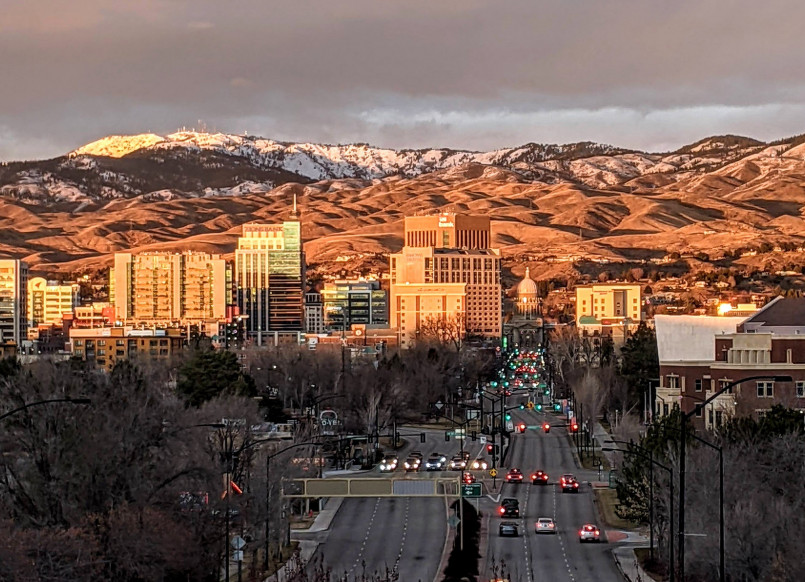
Smallest State Capitals
For contrast, here are the five smallest state capitals by population:
- Montpelier, Vermont - 7,855
The least populous state capital, Montpelier has the smallest population of any U.S. state capital and is the only state capital without a McDonald's restaurant. - Pierre, South Dakota - 13,980
Centrally located along the Missouri River, Pierre remains a small government center. - Augusta, Maine - 18,899
Maine's capital sits on the Kennebec River and maintains a small-town character. - Frankfort, Kentucky - 28,602
Nestled between Louisville and Lexington, Frankfort remains a relatively small government town. - Carson City, Nevada - 58,639
While Nevada boasts Las Vegas, its capital remains a modest-sized city.
Historical Significance of State Capital Locations
The placement of state capitals often tells a story about American development and political compromise. For instance:
- When New York became a state, Albany was chosen as the capital in 1797 partly because it was inland and less vulnerable to naval attacks than New York City
- Pennsylvania moved its capital from Philadelphia to Harrisburg in 1812 to accommodate western settlers
- Oklahoma's capital shifted from Guthrie to Oklahoma City in 1910 through a controversial election
- Eight states have relocated their capitals at least once
Today, state capitals continue to evolve, with some growing into major metropolitan areas while others maintain their historical character as government-focused cities distinct from their states' commercial centers.
Frequently Asked Questions About 15 Largest State Capitals in USA by Population (2023 Rankings)
Why isn't New York City the capital of New York State?
New York City isn't the state capital primarily for historical and strategic reasons. Albany was designated the permanent capital in 1797 partly because of its central location, which was more accessible to residents across the state in the pre-automobile era. Additionally, Albany's inland position made it less vulnerable to naval attacks than coastal New York City. There was also a political desire to separate the seat of government from the main commercial center to reduce business influence on government affairs.
Which state capitals have relocated throughout history?
Eight states have relocated their capitals at least once. Notable examples include: Georgia (moved from Savannah to Augusta to Louisville to Milledgeville and finally to Atlanta), Alabama (from St. Stephens to Cahaba to Tuscaloosa to Montgomery), Oklahoma (from Guthrie to Oklahoma City), and Michigan (from Detroit to Lansing). These relocations typically occurred due to population shifts, geographic accessibility, or political compromises.
What is the fastest growing state capital in the USA?
Currently, Boise, Idaho is experiencing the highest percentage growth rate among state capitals, with annual growth exceeding 3% in recent years. Phoenix, Arizona and Austin, Texas are the fastest growing large capitals in terms of raw population numbers, with Austin consistently ranking among the fastest-growing major cities in America due to its booming tech industry and cultural appeal.
Is Washington D.C. considered a state capital?
No, Washington D.C. is not a state capital. It's the capital of the United States as a whole but is a federal district rather than a state. Washington D.C. was established specifically to serve as the nation's capital through the Residence Act of 1790, which created a federal district separate from any state. It has its own unique status and governance structure distinct from state capitals.
Which state capitals are also their state's largest city?
17 out of 50 state capitals are also their state's largest city. These include Phoenix (Arizona), Austin (Texas), Columbus (Ohio), Boston (Massachusetts), Denver (Colorado), Indianapolis (Indiana), Nashville (Tennessee), Atlanta (Georgia), Honolulu (Hawaii), Providence (Rhode Island), and Little Rock (Arkansas). This represents just over one-third of states where the capital is also the largest population center.
